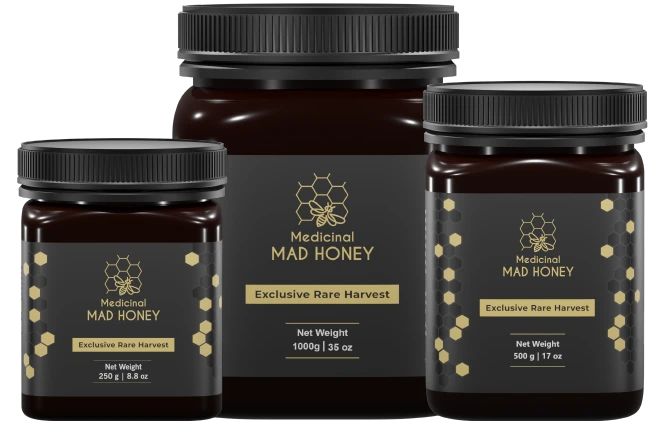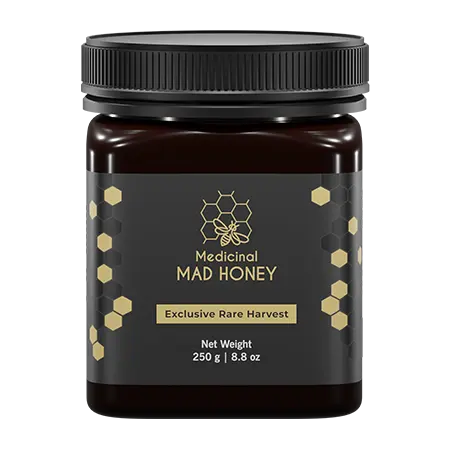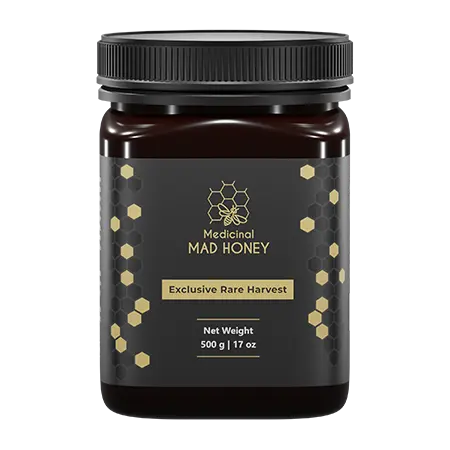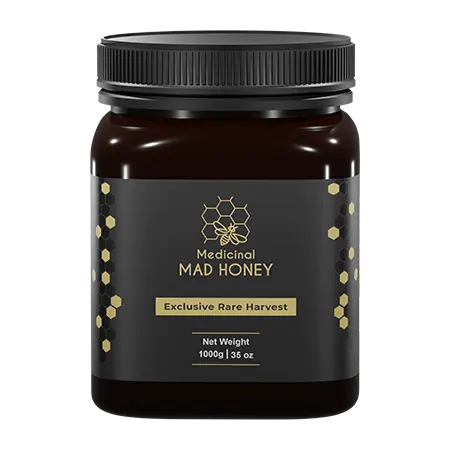Summary
Mad honey is legal in countries like the US, UK, Canada, Europe, & most of the other nations, but banned in Australia, New Zealand and North Korea. So, before purchasing, verify local regulations.
Mad Honey Laws in Various Countries
The legalities of mad honey also have to do with how different cultures view its application!
Cultures that use mad honey as medicine or for religious ceremonies don’t mind the mad honey usage at all! Even their legal system is quite comfortable with its consumption or usage.
The real issues arise when some people from certain cultures begin taking mad honey as a source of getting high. So any country with a strict legal system for any kind of intoxication usage might not favor mad honey.
The mad honey laws in different countries:
Also Read: Why Honey and Himalayan Salt for Pre-Workout?
USA
If you are in the US and wondering if you could enjoy a scoop of mad honey in your warm tea, Then Worry not; Mad Honey is legal in the US. In the USA, the Food and Drug Administration (FDA) oversees the process of making, labeling, and selling mad honey.
It is safe to eat the mad honey as long as it abides by the FDA’s regulations.
However, if the mad honey is discovered to have harmful chemicals or could potentially harm people’s health, the FDA can take steps to control it, like taking it away or stopping it from being sold.
Also Read: Manuka Honey vs Regular Honey: Also Highlighting Mad Honey
Canada
Currently, it is legal to consume mad honey in Canada. The Canadian Food Inspection Agency (CFIA) is in charge of making sure that foods, including honey, are made, labeled, and sold correctly. The CFIA creates rules to keep special kinds of honey safe when they are produced, handled, and packaged.
Besides the nationwide rules, different parts of the country might have their own extra rules that affect whether mad honey can be used. These rules could involve things like making sure food is safe, keeping people healthy, and managing certain ingredients.
In some places, substances like grayanotoxins that are found in mad honey might be put on a special list and controlled, meaning there are rules about having them or selling them.
Also Read: Mad Honey Before Sleeping: How Will It Improve Your Sleep?
Nepal
Certainly, mad honey is without a doubt considered legal in Nepal, as it originates from the renowned Nepalese rhododendron nectar found in the elevated cliffs of the country. However, there are certain guidelines and rules pertaining to the utilization of this special honey.
Nepal has put in place specific laws and rules to manage the creation, trading, and use of mad honey. Oversight of the production, import, and distribution of mad honey falls under the responsibility of the Department of Drug Administration (DDA).
Manufacturers are required to acquire proper licenses and adhere to strict quality criteria and safety protocols. To guarantee that people using mad honey are informed and safe, appropriate labels indicating potential effects and recommended dosages must be attached to mad honey products in Nepal.
The DDA also carries out regular checks to ensure quality and confirm that the honey conforms to set standards and is free from harmful substances.
Also Read: Mad Honey and the Himalayan Connection: What Sets It Apart
Europe
According to European laws and regulations, mad honey is a new kind of food that requires strict scrutiny. In numerous countries in Europe, mad honey is required to have official approval before it can be sold by vendors.
However, in the majority of European nations, mad honey is legally allowed, and it can be consumed as a safe food. The European Food Safety Authority (EFSA) evaluates the safety of mad honey, assessing its composition, potential risks, and intended usage conditions as part of the approval process.
Proper labeling is also a crucial aspect of the regulations surrounding mad honey in Europe. Honey products, including mad honey, need to adhere to the labeling standards established by the European Union.
This entails providing accurate details about the ingredients, potential allergens, and recommended dosages of the product.
Also Read: Raw Honey vs. Mad Honey: Are There Any Differences?
Spain
In Spain, there are restrictions on the utilization and distribution of mad honey. The Spanish Food Safety and Nutrition Agency (AESAN) closely supervises the production and sale of this distinctive honey.
These regulations demand that mad honey meet specific quality benchmarks and labeling prerequisites, ensuring the safety of consumers and preventing misleading practices.
Australia and New Zealand
In Australia and New Zealand, all types of honey, including mad honey, are subject to strict regulations due to concerns about protecting the countries’ bee populations and maintaining the integrity of their own honey industries. Australia has stringent biosecurity measures in place to protect its native flora and fauna, and imported honey products must meet certain standards to be sold in the country.
Similarly, New Zealand also has strict regulations on honey imports due to its thriving honey industry. Therefore, it’s advisable to check with local authorities or regulatory bodies regarding the legality of importing and selling honey products, including mad honey. Violating regulations could result in fines or other legal consequences.
Potential Risks of Mad Honey
While Mad honey can offer potential feelings of intoxication and hallucination, it also carries specific risks and safety considerations that you need to be aware of. Here are a few possible risks associated with mad honey:
- Toxicity: It’s important to note that mad honey contains a substance called grayanotoxin, which might affect the nervous system. While grayanotoxin contributes to the honey’s calming effects, consuming it excessively can result in poisoning. This could lead to symptoms such as dizziness, nausea, vomiting, and even low blood pressure.
- Allergic reactions: Some individuals might have allergies to certain components found in mad honey. Allergic responses can vary from mild signs like itching or skin hives to more severe reactions like difficulty breathing or anaphylaxis.
- Interaction with other substances or medications: There is a potential risk of mixing the mad honey with intoxicants. Ingesting mad honey while you are on serious medication might interfere with your health progress, or worse still, worsen your symptoms.
Recommended Dosage
It is crucial to exercise caution and limit your intake of mad honey to just one tablespoon per day. Especially if you’re new to using mad honey, it’s wise to start with smaller doses initially to gauge its effects on your body.
Furthermore, if you have any known allergies or existing health conditions, it is highly recommended that you consult your healthcare provider before incorporating mad honey into your diet. Your healthcare provider can offer personalized guidance and ensure that using mad honey aligns safely with your specific health circumstances.







